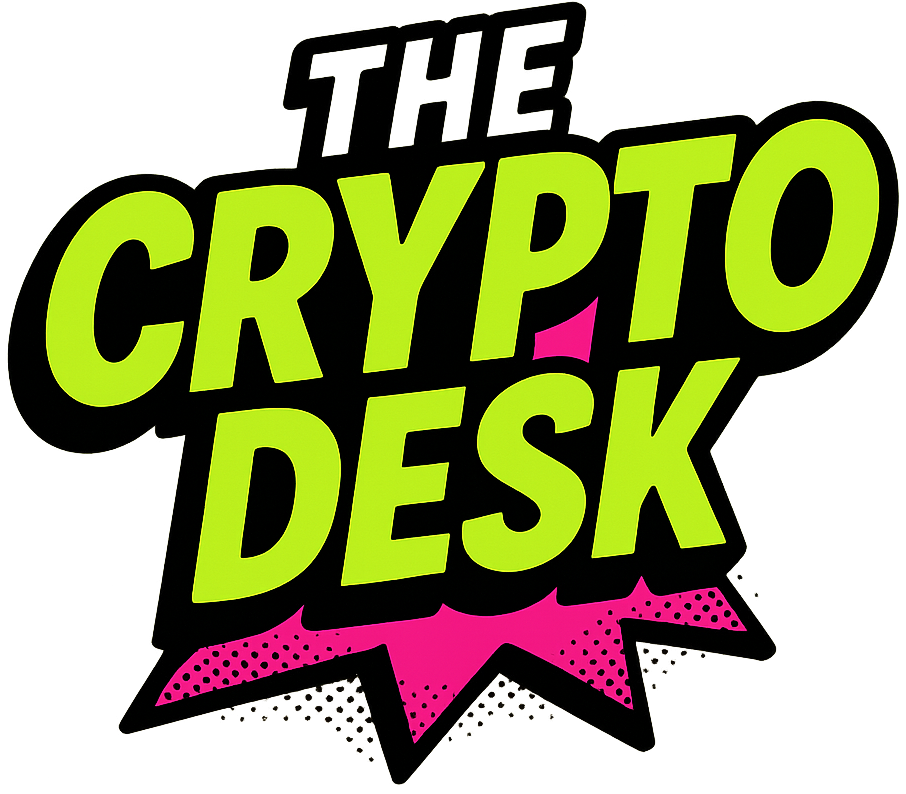Is Ether’s Shine Dimming? A Deep Dive into Its Current Struggles
As the cryptocurrency landscape constantly shifts and evolves, the focus this time is firmly on Ether (ETH). Once hailed as a titan in the digital asset space, Ethereum’s native token has seen its appeal questioned by many, notably seasoned investors and industry analysts. With whispers of falling valuations and waning interest, it’s time to unpack the intricacies behind Ether’s recent turbulence.
📌 Why This Matters: A Snapshot of ETH’s Importance
Ether stands as the second-largest cryptocurrency in the market, trailing Bitcoin. Its significance extends beyond mere market capitalization; Ethereum is the backbone of decentralized applications (dApps), smart contracts, and an array of innovative financial solutions. The decline in ETH’s attractiveness not only impacts the asset itself but could ripple through the entire cryptocurrency ecosystem, affecting developers, investors, and users alike. In a realm where every detail counts, a sustained downturn could stifle innovation and adoption rates.
🔥 Expert Opinions: Unpacking the (Growing) Criticism
Prominent crypto venture capitalist Nic Carter, associated with Castle Island Ventures, has recently voiced serious concerns regarding Ethereum’s future. In a thought-provoking post on March 28th, Carter pinpointed two main culprits eroding Ether’s standing: the surge of Layer 2 (L2) solutions and rampant token inflation. He argued that “greedy Eth L2s” are draining value from Ethereum’s foundational layer, yielding little in return. His cloud of criticism doesn’t stop there; Carter lamented that the increase in token issuance has suffocated ETH, claiming it has been “buried in an avalanche of its own tokens.”
This perspective is echoed starkly by Quinn Thompson, founder of Lekker Capital, who went further to assert that Ethereum is “completely dead” as a viable investment. Thompson cites dwindling transaction activities, stunted user growth, and diminishing network revenues as clear indicators that ETH lacks a compelling investment case these days, despite still holding utility within the blockchain arena.
The #1 cause of this is greedy eth L2s siphoning value from the L1 and the social consensus that excess token creation was A-OK. Eth was buried in an avalanche of its own tokens. Died by its own hand.— nic carter (@nic__carter) March 28, 2025
📉 Market Trends: The Numbers Don’t Lie
Current market metrics paint a stark picture. Ether’s price has dropped to approximately $1,894, representing a decline of over 5% within just one week. The ETH/BTC ratio has plummeted to 0.02260, marking its lowest point in nearly five years. Such trends are not without precedent; Carter warned back in September 2024 that Ethereum’s fee revenue had tanked by a staggering 99% in six months as user activity shifted towards L2s while holding back Ethereum’s earnings potential. This decrease in on-chain activity raises red flags about user retention as competition intensifies.
🚀 Innovative Solutions: A Potential Light on the Horizon?
In light of these challenges, industry innovators like Adam Cochran from Cinneamhain Ventures are proposing solutions, such as Based Rollups, to recalibrate incentives in favor of Ethereum’s core framework. With Ether previously projected to reach $10,000 by 2025, it’s a sobering realization that Standard Chartered has now slashed its forecast to a more modest $4,000. Geoffrey Kendrick, the bank’s global head of digital assets research, indicated that profits generated by platforms like Base are contributing to this abated outlook.
Ether’s Burn Rate: A Sign of Struggling Engagement
Adding to Ethereum’s woes, the network’s burn rate is at an all-time low. On March 23, only 53.07 ETH (worth about $106,000) was incinerated—the lowest daily figure since the implementation of the fee-burning mechanism under EIP-1559. Originally intended to streamline transaction fees and create a deflationary supply model during peak activity, recent figures indicate that Ethereum’s supply is now projected to grow annually by 0.76%. This uptick occurs alongside decreasing active addresses and transaction volumes—creating a concerning narrative for Ethereum’s viability as a robust blockchain.
📈 Future Outlook: What Lies Ahead for Ether?
As the dust settles, Ethereum’s community faces the crucial question: how can it reclaim its competitive edge? The rise of L2 solutions and alternative networks offering faster transactions and lower fees presents an urgent call for re-evaluation. If Ethereum can successfully align incentives to bolster its L1 protocol and prioritize user engagement, there remains a path forward. However, without decisive action, the once-promising prospects of Ether could fade further from view.
Conclusion: Your Thoughts on Ether’s Future?
With such an impactful ecosystem at stake, the ongoing conversations around Ether are vital. How do you perceive Ethereum’s challenges and its potential trajectory? Will innovative solutions emerge to rescue its core value proposition? We invite you to share your thoughts in the comments below and engage in this critical discussion about the future of Ether.

